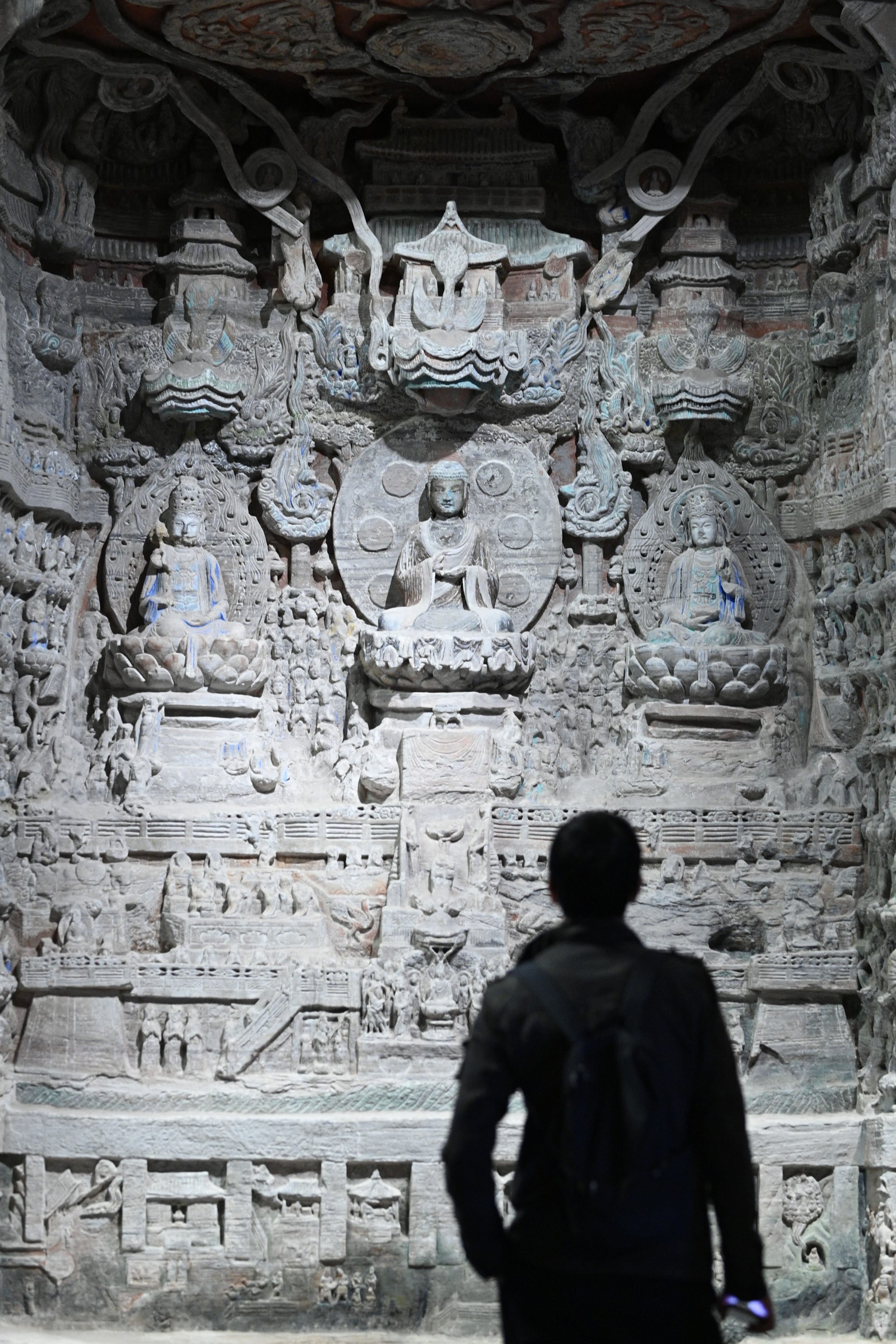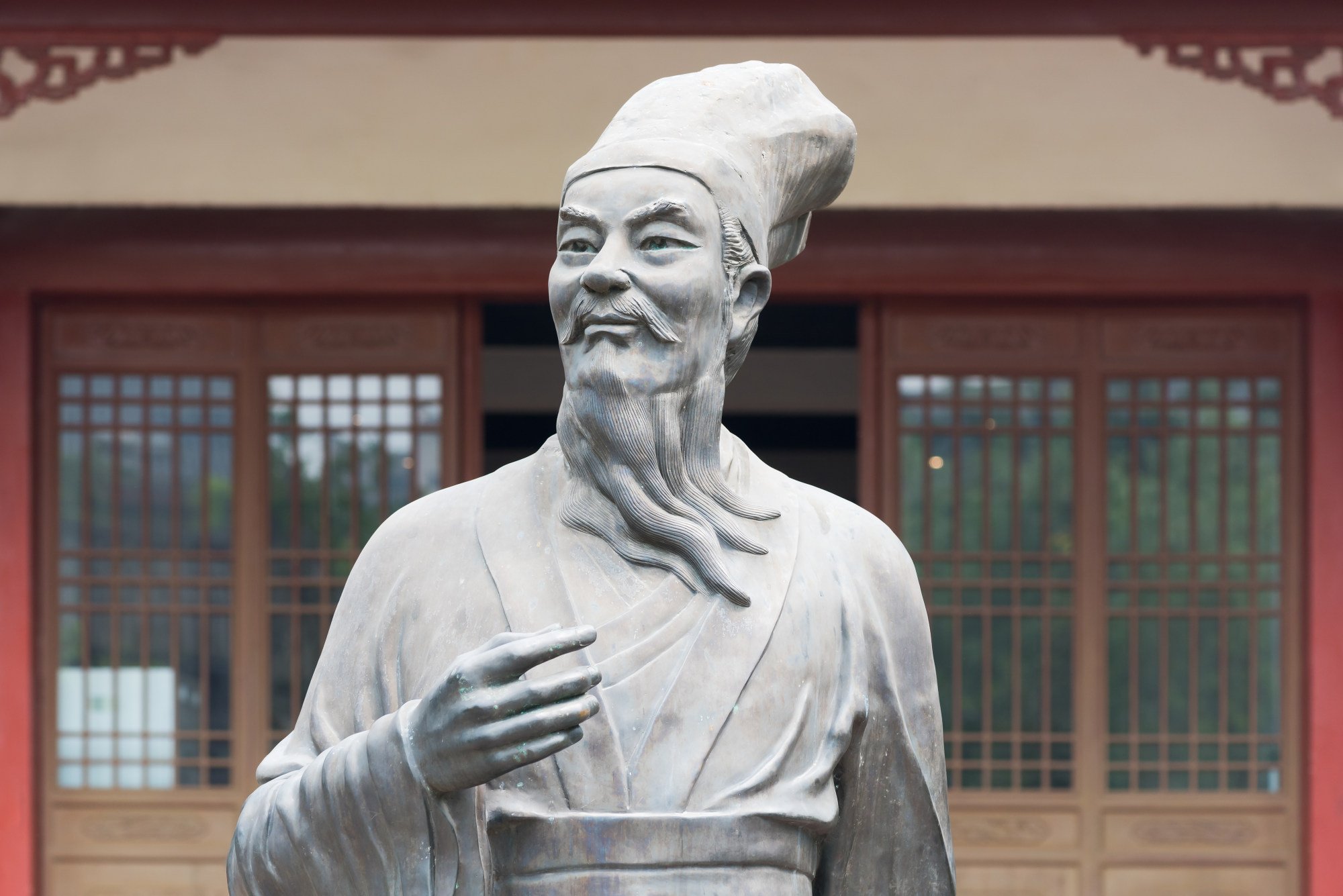It allows users to scan a selected number of artworks in the museum, and collect and wear them in the digital world. For instance, one can choose a character and dress it in Vincent van Gogh’s hat and shirt adapted from his Self-Portrait. Users can clearly distinguish themselves in the real world from the characters in the game.
The industry has seen rapid growth in China in the past few years, revolutionising e-commerce, healthcare, tourism and entertainment. According to a strategic plan by Beijing’s Bureau for Economy and Information Technology, the city alone is expected to see the market for digital humans grow to 50 billion yuan (US$6.9 billion) by 2025.

Advertisement
The creation of virtual avatars uses image generation, 3D modelling, movement and facial expression capture, as well as rendering techniques that call to mind the world’s foremost mixed reality technology by industry leaders such as Microsoft and Nvidia.
To give its digital employee the appeal of a human celebrity, the National Museum collaborated with entertainment company Migu Music to create a song that is presented as if sung by Ai Wenwen herself. The melody combines traditional Chinese musical instruments with electronic music. The lyrics praise the beauty of Chinese art such as painting, porcelain and embroidery. The title of the song, “Wei Ai”, means the future of AI, or the infinite development of AI.
Will you be replaced by your AI clone? Maybe one day, but not quite yet
Will you be replaced by your AI clone? Maybe one day, but not quite yet
With the texts about Su Shi’s life and literary work being fed into the virtual avatar, it can respond to real people in a manner and language resembling this great man in Chinese history. It made its television debut in a CCTV youth talent show about Chinese poetry, surprising audiences with its remarkable human likeness.
Advertisement
The virtual avatar of Su Shi has even appeared as an influencer on Weibo. Its account has posted quizzes and online education material, teaching readers about Chinese literature, geography and traditional customs. Apart from online programmes, Zhonghua Book Company has also designed in-person events for students to learn Chinese literature and history through engaging with digital humans.

Museums and cultural institutions across China have incorporated the virtual avatar of Su Shi to create interactive exhibitions with themes including afternoon tea, poetry and calligraphy. Audiences at these exhibitions have opportunities to experience the daily life of a renowned poet from the distant past.
Advertisement
The development of digital humans demands collaboration among public institutes, private companies, universities and non-profit organisations. Museums creating new applications of AI can improve cohesion across social sectors, ultimately increasing education equity and access in an era of rapid change.
Advertisement
According to the 2022 Innovation Index Report, published by the World Intellectual Property Organization, China and the US are host to the same number of science and technology clusters at 21 each. As the two global powers compete to be the leader in AI and advanced technology, it is important to remember that countries can learn from each other to harness emerging technologies to preserve the rich cultures of global civilisations.
Gerui Wang is a visiting scholar at Stanford University
Advertisement


